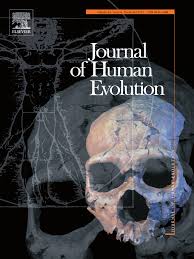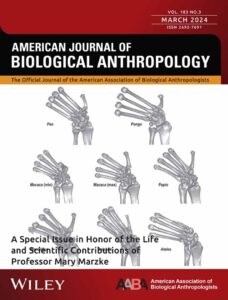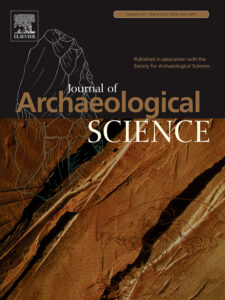
The adoption of bipedalism is a key benchmark in human evolution that has impacted talar morphology. We analysed the talus of different hominin species applying geometric morphometric methods. Our results suggest that a more everted foot and stiffer medial midtarsal region are adaptations that coincide with the emergence of bipedalism, whereas a high medial longitudinal arch emerges later in time, within Homo. This study provides novel insights into the emergence of talar morphological traits linked to bipedalism and its transition from a facultative to an obligate condition.
You can find this article here




